Lucy Walker & Rebecca Cooley Gordon during the Battle of Cedar Creek
History is seldom clear cut and well documented. More often than not, you find a trail of breadcrumbs that yields more questions than answers, but every once in a while, you discover a path you never knew was there.
Belle Grove Plantation is rich with stories that shed light on what life may have looked like during the late 18th, 19th, and early 20th centuries. We know that the property relied heavily on enslaved labor, that it served as an important backdrop during the Civil War, and that it continued to be a working farm until 1929.
The Battle of Cedar Creek, as with so many Civil War battles, is thoroughly documented with who was militarily involved, what happened, when it happened, why it happened, and the aftermath. However, amidst the Civil War, it is important to remember that Belle Grove was a farm upon which black and white families relied for survival, and these families were on the property during the Battle of Cedar Creek. More specifically, there were women on the property who had no choice but to keep moving forward.
The war made us lots of trouble. As I’ve often said since, I felt as if the world was comin’ to an end in a short time. We could n’t understan’ what was goin’ on. You could hear a heap of things, but the poor black people didn’t know — didn’t know!
Lucy Walker, 1913 (Johnson, 1915, p. 392)
In this exhibit, we explore Belle Grove during the Battle of Cedar Creek through the eyes of a white woman, Rebecca Cooley Gordon, and a black woman, Lucy Walker and see how sometimes being ordinary can be quite extraordinary.
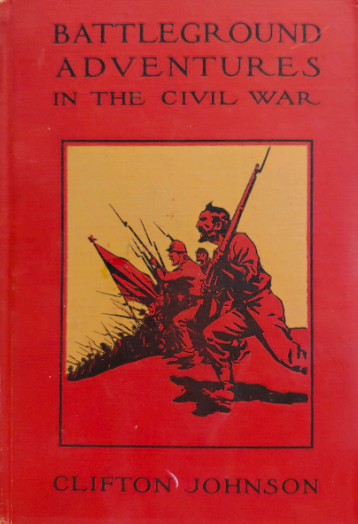
The Colored Woman at Headquarters
Our story begins in 1913 with Clifton Johnson, a writer, photographer, and folklorist, who captured oral histories from people who lived through the Civil War.

Lucy Walker
Using historical clues, we think that Lucy Walker is the colored woman at headquarters. Read more about her life and her connection to Belle Grove during the Civil War.
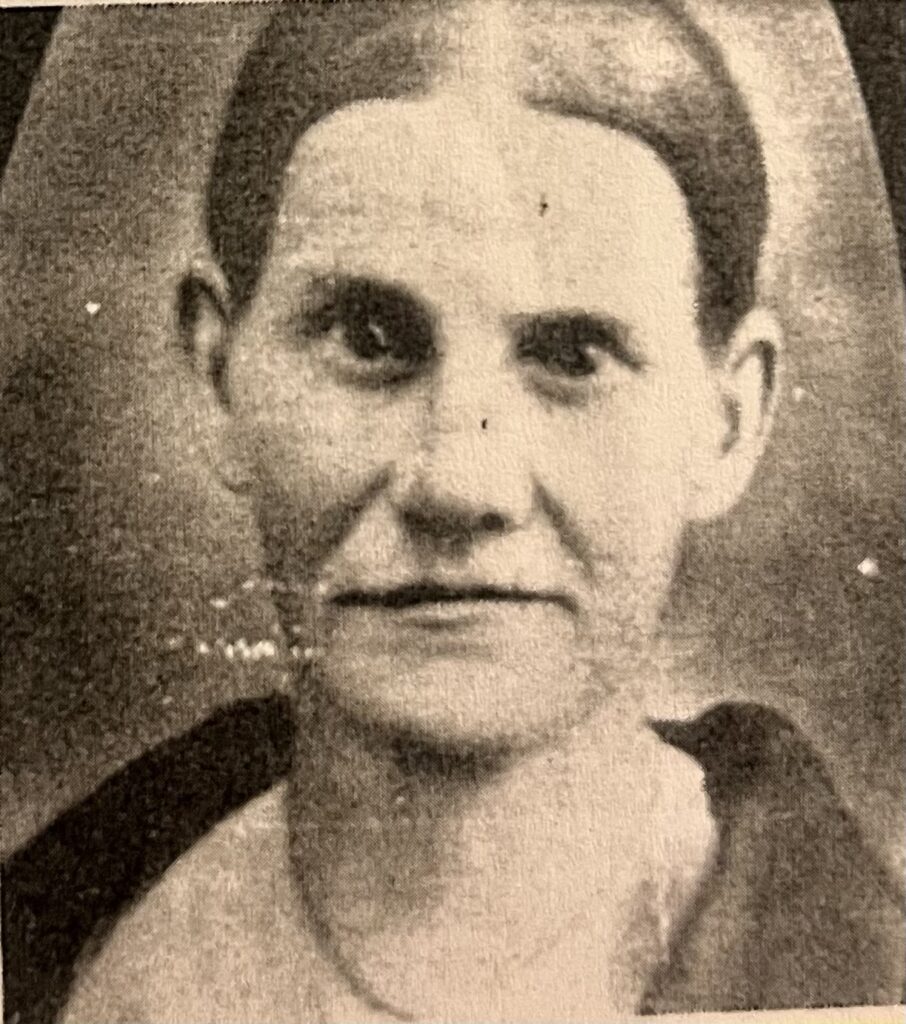
Rebecca Cooley Gordon
Rebecca, John and Benjamin Cooley’s sister, was living at Belle Grove during the Civil War and, too, witnessed the Battle of Cedar Creek in 1864.
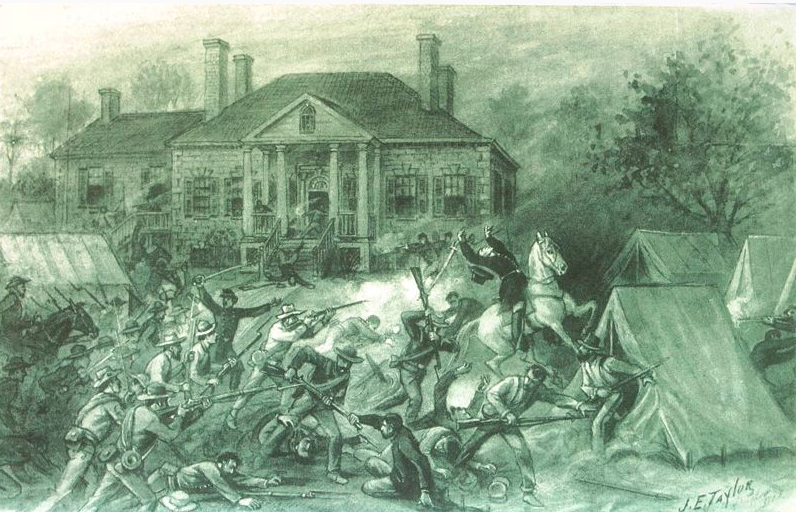
The Battle of Cedar Creek through Lucy’s Eyes
In 1913, Lucy shares what it was like to live through the Battle of Cedar Creek in 1864.
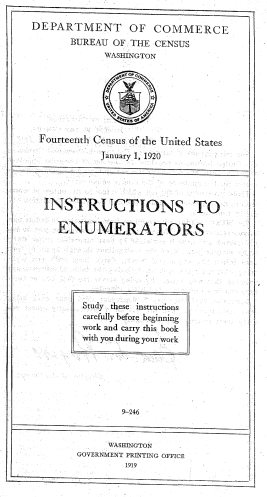
Life after the Civil War
In the closing of this story, learn more about Lucy and Rebecca’s life after the Civil War, as well as how race was captured in early census records.
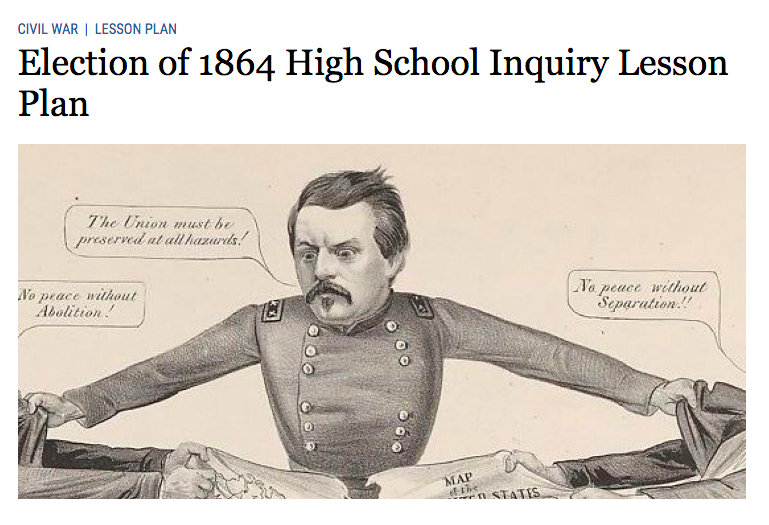
Learning Activities
We’ve pulled out three teachable moments from this story that we hope you give a try:
- Conduct your own oral history
- Research what helped Abraham Lincoln win the presidential election of 1864
- Delve into & analyze census records
DEPARTMENT OF COMMERCE, BUREAU OF THE CENSUS. (1919). INSTRUCTIONS TO ENUMERATORS. Government Printing Office. https://www.census.gov/content/dam/Census/programs-surveys/decennial/technical-documentation/questionnaires/1920instructions.pdf
Fraser, E. (2022). Lucy Walker [Drawing].
Johnson, Clifton. (1915). Battleground Adventures, the Stories of Dwellers on the Scenes of Conflict in Some of the Most Notable Battles of the Civil War. Houghton Mifflin Company.
Taylor, J. E. (1864). [Intense fighting swirled around the manor house at Belle Grove]. National Park Service. https://www.nps.gov/articles/000/a-rich-prize.htm
The Reuben S. Beatty Family: 1987. Stephens City, Virginia 22655: Commercial Press.